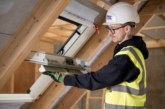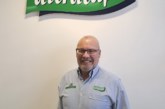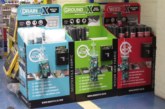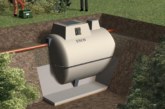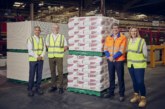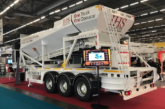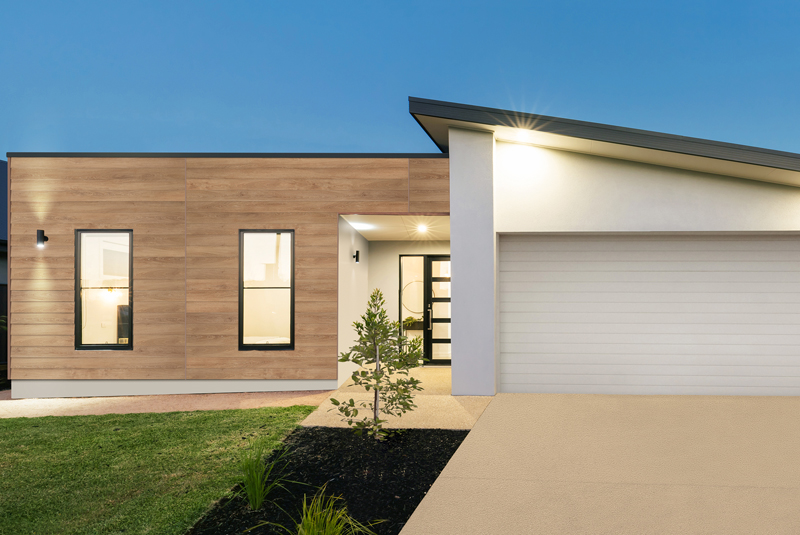
Simon Wild, European Category Marketing Manager at Formica Group, discusses how the application of cladding using traditional housebuilding techniques has evolved over time and the modern materials on offer.
Traditionally, housebuilding techniques in the UK were based around the use of local materials with the selection typically echoing the surrounding geological formations and environment of the region. Homes near or around forested areas would be constructed using timber, in clay regions bricks were used and in the stone belt, stones from quarries were used. The closer you got to the coast the more likely you’d see the application of renders to withstand the elements.
During the 20th century, techniques changed as wall building practice evolved. From solid walls being the standard, a cavity design where the inner and outer walls were divided began to be widely adopted. This meant that rather than using thick wooden beams or locally sourced stone for load-bearing, it was the inner wall that undertook the responsibility.
Load-bearing duties taken care of, it was possible to suspend the outer wall from the inner wall for weatherproofing purposes and insulation could be added in between to achieve heat retention. Since the outer wall no longer needed to be self-supporting and now had the sole purpose of keeping weather out, this meant thinner materials could be used. As a result, the choice of surfacing available to housebuilders opened up.
Equally, to add insulation to a home requires an application to the local building control department. However, when it comes to the cladding itself, building regulation approval is not always needed and changes can usually be added under permitted development rights (as long as the home is not in a conservation area).
With weatherboarding choices extending beyond timber, brick, stone and render, today’s homeowners have more license to select and revise the outside aesthetic of their home. The availability of modern day alternatives has seen the rise of new timber, High Pressure Laminate (HPL) and fibre cement to name but three examples.
Modern day materials
Timber, the age-old favourite particularly in Scandinavia, was conventionally stained black or brown when applied as cladding. Simple to install and affordable, the 21st century has seen the adoption of unstained timber such as spruce, cedar and oak as it can last for decades without needing surface coating. However, it is worth bearing in mind other surface treatments are needed for the wood to maintain its looks.
A downside of timber is the limited design choice it offers. For example, in recent years Cedar has become such a popular aesthetic for housing developments that architects and designers are dropping it in favour of more unusual options — a victim of its own success.
Fibre cement is the second most established material for weatherboarding after timber. Despite being one of the heavier materials to use for cladding, fibre cement is easy to install and low-cost, especially as it can be nailed. Since it can also be painted, it is available in a wide choice of colours. From the perspective of impact resistance fibre cement can break, so care must be taken around fixings. In addition, cut edges need to be sealed to protect from water ingress.
HPL cladding is lightweight, robust, easy to install and moisture resistant and provides a very cost-effective and extremely low-maintenance way to improve the look and efficiency of older builds. Transforming old building stock with a fresh cladding skin is easy and the building’s thermal performance can be improved if additional insulation is designed into the system. It can also be used to fully clad new builds or incorporated as part of a design feature, alongside materials such as brick, render or glass.
New HPL Lap weatherboard cladding systems can be bought off the shelf from builders’ merchants, to give the look of timber, but without the need for any pre or post-installation treatments. A screw-fixed solution makes it simple for both professionals and semi-professionals to install. The fixings are concealed by the next overlapping plank resulting in the creation of sleek builds with clean lines. In addition, HPL cladding doesn’t need to be painted during its lifetime.
Today’s modern surfaces mean a building’s exterior look is no longer restricted by the materials found in the surrounding environment. Better yet, with a variety of weatherboard cladding options available, there does not need to be a trade-off between performance and aesthetics as a balance can be achieved.
For more information on Vivix Lap, www.formica.com.
Formica Group will also be at Professional Builder Live! in Manchester, 14-15 March 2019.


